Weekly Reader: Yiddish Around the World
In 2020 the Yiddish Book Center celebrated its 40th anniversary. But why make do with one year of celebration when you can have ten? Thus the Decade of Discovery—a different theme for each year of the 2020s to mark our fifth decade. In 2022 our theme was Women in Yiddish, which we highlighted with an array of publications, programs, and educational initiatives. With a new year comes a new theme, and for 2023 it’s Yiddish Around the World. To get us started, here are a few items from our archives highlighting Yiddish-speaking communities from all over the world.
—Ezra Glinter
Lethbridge, Alberta
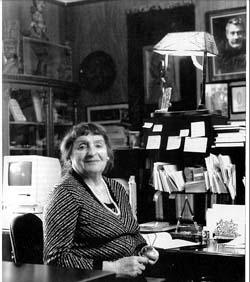
When you think of Canadian Yiddish, the place that comes most readily to mind is Montreal, a city with a rich history of Yiddish cultural activity. Lethbridge, a city of around 100,000 people in the western province of Alberta, does not occupy the same pride of place. But the city was home for many years to Chava Rosenfarb, one of the twentieth century’s great Yiddish novelists, as well as other Yiddish-speaking Jews, including Michael Wex, author of Born to Kvetch, among other books.
Watch an oral history interview with Michael Wex about growing up in Lethbridge, Alberta
Read an essay by Goldie Morgentaler about teaching Jewish literature in the Canadian Bible Belt
Birobidzhan, Russia
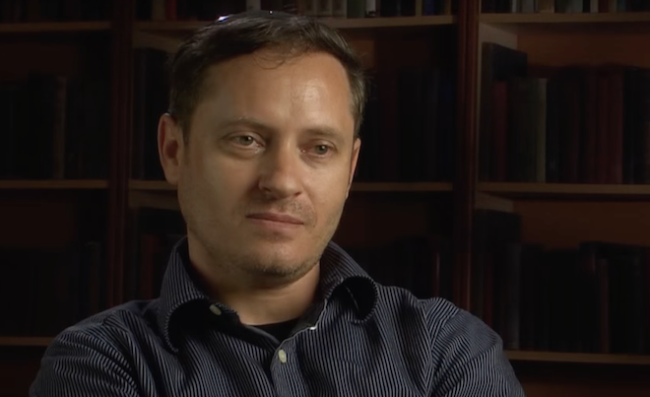
Creating a Yiddish-speaking country has been the dream of many Yiddishists. And there actually was such a place, although its history was not exactly a happy one. Birobidzhan is the capital of the Jewish Autonomous Oblast, a republic of the Soviet Union established in the 1930s. Unfortunately, because of the region’s remote location and harsh conditions, the republic struggled to gain a foothold and never really took off. Nonetheless, many Jews did make Birobidzhan their home, and it was home to an array of Yiddish-language institutions.
Watch an oral history interview with a native of Birobidzhan
Mexico City, Mexico
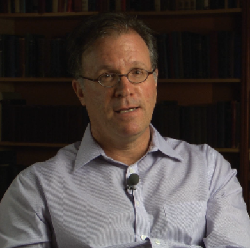
You might not think of Mexico City as the likeliest place for a Yiddish-speaking dayschool, but for the thousands of students at the Alte yidishe shule, there was nothing strange about it. One of them was Ilan Stavans, who grew up in this unusual institution founded by indigent Jews seeking a new life in the New World. When other countries closed their doors, Mexico welcomed them with open arms, and Jewish immigrants were eager to prosper—in Spanish as well as in Yiddish.
Kimberley, Australia
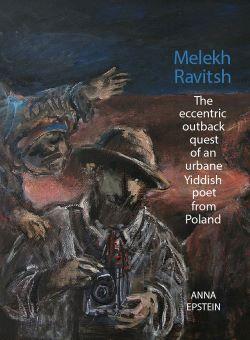
In 1933 poet and essayist Melech Ravitch took a rather harrowing trip through the Australian Outback to investigate the feasibility of establishing a Yiddish-speaking country in that corner of the world. Like all such efforts the Kimberly Plan never succeeded, although more populated Australian cities did become home to communities of Yiddish-speaking immigrants. In her book Melekh Ravitsh: The Eccentric Outback Quest of an Urbane Yiddish Poet from Poland, author Anna Epstein tells the story of Ravitch's trek in search of a Yiddish homeland, reflecting on his prescient recognition of the common fate of Indigenous Australians and persecuted European Jews.
Havana, Cuba
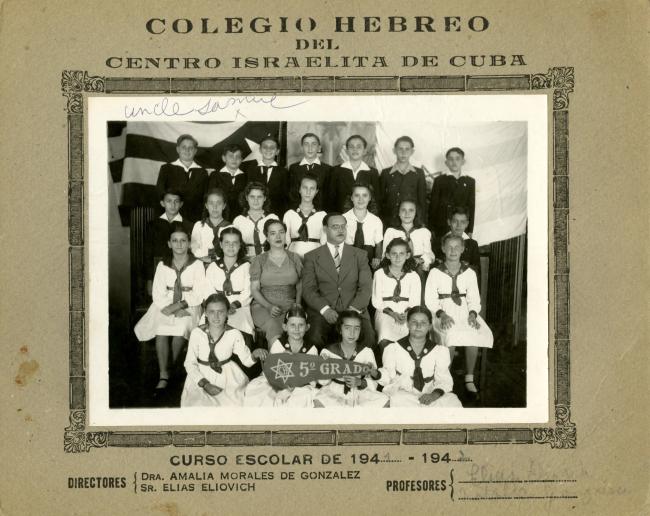
Offering a relative openness toward Jews, Cuba became a haven for Jewish emigrants from Eastern Europe in the first decades of the twentieth century. Because of this, throughout the 1920s and 1930s Jewish immigrants built a rich cultural world that included a newspaper, a local amateur Yiddish theater, and Jewish schools with Yiddish-language instruction. The short-lived Yiddish scene in Havana comes to life in a treasure trove of photographs in our collection. Taken in the '30s and '40s and captioned in Yiddish and Spanish, they portray a lively, multigenerational community.
Read about a collection of newly rediscovered photographs from Cuba
